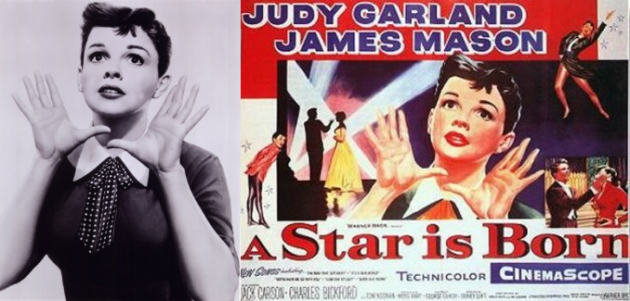 Joel Finler’s Hollywood Movie Stills: Art and Technique in the Golden Age of the Studios is packed with great photos and information about this often overlooked industry.
Joel Finler’s Hollywood Movie Stills: Art and Technique in the Golden Age of the Studios is packed with great photos and information about this often overlooked industry.
When we think about Hollywood productions, we think about films—but alongside that film work, going mostly unnoticed and unappreciated, another industry grew: film stills photography. Taking shots for promotions, posters, props, and portraits, the stills photographer has been a constant presence on the film set since the beginning. It’s through these photographers and photographs that we can learn the most about what the film industry has been like over the last hundred years or so. The history of the photos is the history of photography itself, as the Hollywood stills photographers have always been on the forefront of the technology and techniques of the art.
Right from the introduction, Hollywood Movie Stills is filled with interesting tidbits and information about where the industry of photography on the film set came from, and where it is going. Much of the text reads like a cross between fan musings and a history book. Finler clearly really knows his stuff here, and displays that impressive array of knowledge from the point of view of a practiced film critic and a knowledgeable collector of Hollywood photography.
There is a lot about the industry itself—interesting details like which directors involved themselves in stills, and which ignored the photographers, how individual actors reacted to being photographed, etc., but it is of course the photos themselves which are most interesting. They are some of the most beautiful portraits one can find, and are of some of the most beautiful people of the last hundred years. Seeing the progression of film and costume style over the years is educational. The photos of the ‘starlets’ through the years are especially interesting, seeing as fashion changed from decade to decade. Watching hemlines and hair lengths go up and then back down again several times among the people who were most influential on American fashion trends is fascinating. Of course, the men aren’t as interesting, only because they are mostly always in suits, which haven’t changed very much at all since 1900.
None of it would go together nearly so well, however, without Finler’s commentary. For every photo, he gives us the context we need, letting us know what production it was from, who the actors are, and more often than not, why the photo was taken and how it fits into the greater context of the industry. Occasionally, there are even detailed explanations of composition, editing, lighting, or promotional construction.
For example, in one section, we’re presented with the famous poster for A Star is Born with Judy Garland along with the portrait of her that was used to make it, and an on-set still from a scene in which James Mason’s character accidentally backhands Garland’s character. He gives us this explanation:
In the case of A Star is Born … the poster designer has seized on this striking portrait of Judy Garland as his centre-piece, balanced by an artistic reworking of four other stills from the film. In fact, the double profile on the left has been redrawn from a production still showing a very slimmed down George Cukor instructing one of the supporting players (actress Lucy Marlow), though one is obviously meant to take them for James Mason and Judy Garland. Similarly, the accidental, back-handed slap from the original scene still shown here has been strangely altered.
There are only a couple places the book fails to deliver. First, nothing is in color. Understandable, since 90% of the book would likely be black and white either way, but some images, like the poster above, would have really popped in full color. Second, the book abruptly stops in the early 1970’s. There is nothing about the stills industry or techniques from the last three decades, which seems like a grand omission. I suppose this is where Finler considers the ‘Golden Age of the Studios’ to have ended.
Even with these omissions, however, the book shines from cover to cover, and would make a great addition to the library or coffee table of any photography buff or cinephile.
The third edition of Hollywood Movie Stills: Art and Technique in the Golden Age of the Studios is available now from Titan Books, and can be picked up over on Amazon.







 Articles RSS
Articles RSS